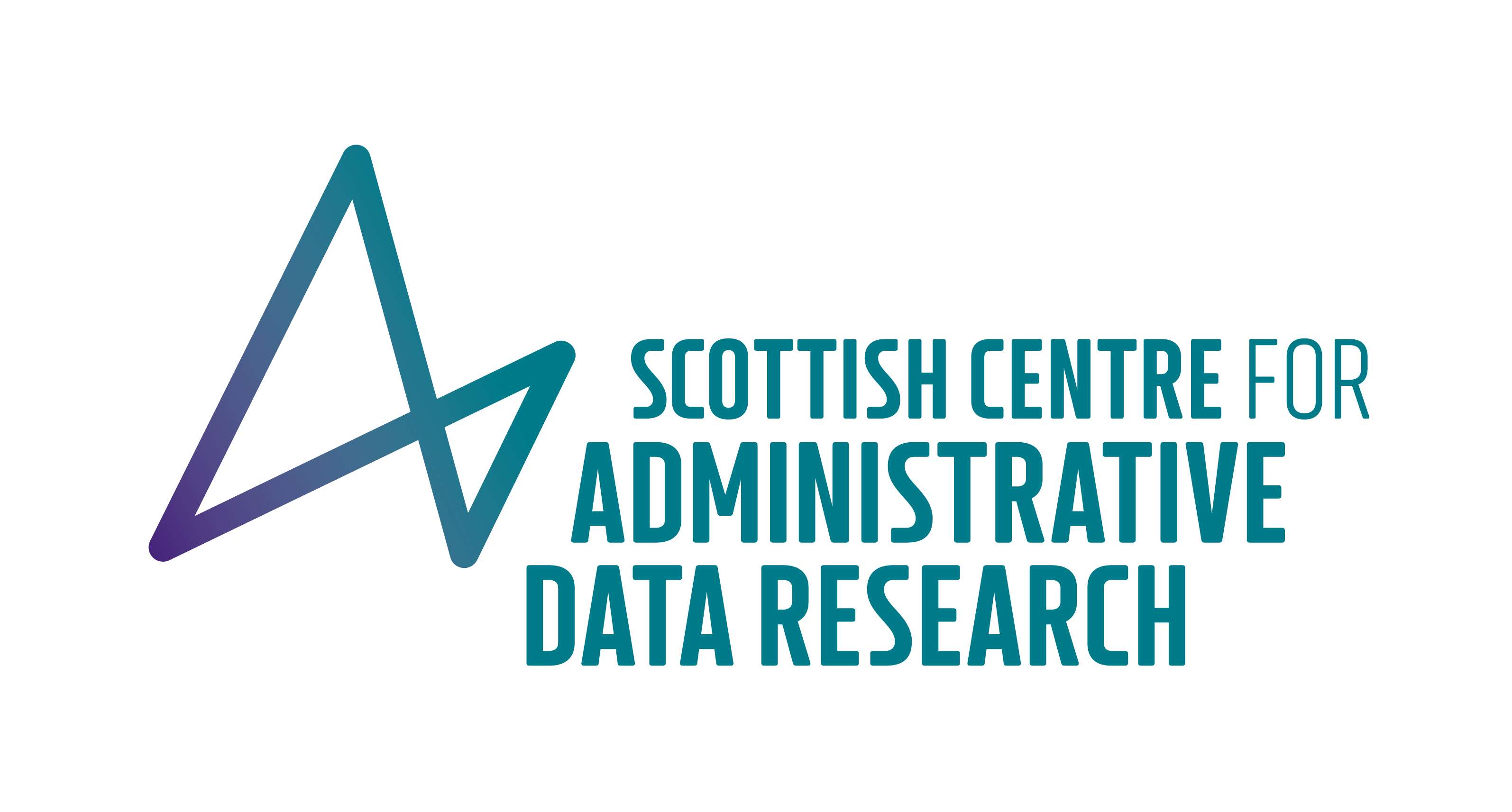BLOG - The value of administrative data: DALYs and the Scottish Burden of Disease study
In this guest blog Grant Wyper, Public Health Intelligence Adviser from the Scottish Burden of Disease study, NHS Health Scotland, discusses Disability-Adjusted Life Years and why they are important.
What are Disability-Adjusted Life Years (DALYs)?
Causes of morbidity and mortality are varied, manifesting at different times in the life-course and can have differential outcomes for different durations. This means that objectively assessing the impact of causes is largely dependent on the method chosen. For example, if estimates of mortality are used to guide decisions, then the impact of living with depression and anxiety as a strain on individuals would be largely overlooked.
A solution to this was devised in 1990 when Harvard University developed ‘disability-adjusted life years’ (DALYs) for the World Bank. DALYs are estimates of the population years which are lost due to mortality and ill-health as a consequence of living with the debilitating effects of disease.
Calculations of DALYs involve multiple components and as such can be difficult for people to interpret. The infographic below illustrates a theoretical example of how DALYs would be constructed from residents living in a block of flats.
DALYs can be broken down into estimates of Years Lived with Disability (YLD) and Years of Life Lost to premature mortality (YLL).
YLD is the population-level accumulation of the occurrence of disease which is weighted based on the extent of ill-health which is suffered. For example, acute infections suffered for short durations will be weighted much lower than conditions which are thought to be highly debilitating, and have long-term effects, such as chronic obstructive pulmonary disease.
YLL is the accumulation of years lost due to mortality, based on estimates from life tables, so estimates of YLL are higher when deaths occur at younger ages.

What work is the Scottish Burden of Disease study (SBoD) currently undertaking?
In 2013, the SBoD study set out with an ambitious aim of comprehensively estimating the burden of 132 causes of ill-health and mortality in an independent national burden of disease study. Since then, researchers at NHS Health Scotland and ISD Scotland have been harnessing routine administrative data sources to realise this goal. In 2017, an initial SBoD publication outlined the contribution of causes of disease and injury of DALYs. This was followed up in a 2018 publication highlighting the effect of socioeconomic inequalities in DALYs.
The National Records of Scotland have outlined that negative natural change in population growth, alongside the expected stalling of net migration, is projected to result in a much older population over the next 25 years. Together with recent evidence on the slowing of life expectancy gains and trends of increasing overall morbidity, these factors combine to present major challenges for care services and workforces to respond to and meet future population needs of Scotland
The 2020-21 work programme of the SBoD study is centred on estimating how trends in population ageing, morbidity and mortality are expected to combine in order to characterise what causes pose the greatest threats to the future population health of Scotland. Estimates of future DALYs provide strong evidence to illustrate future population health given inaction, as a means of promoting the need for a strong stance on prevention. Supported by traditional estimates on the future occurrence of disease, the SBoD study will outline the estimated future size and scale of ill-health and mortality to ensure that future policies, care services and workforces can be adequately designed to successfully prevent and avert DALYs.
The SBoD study joined colleagues from around the world working on administrative data, including SCADR, at the Administrative Data Research Conference in December 2019 to present some examples from their portfolio. Last month, two research articles were published which centre on the value of administrative data and utilising methods that compliment this:
For further information please visit the SBoD study website.
This article was published on 21 Feb 2020




